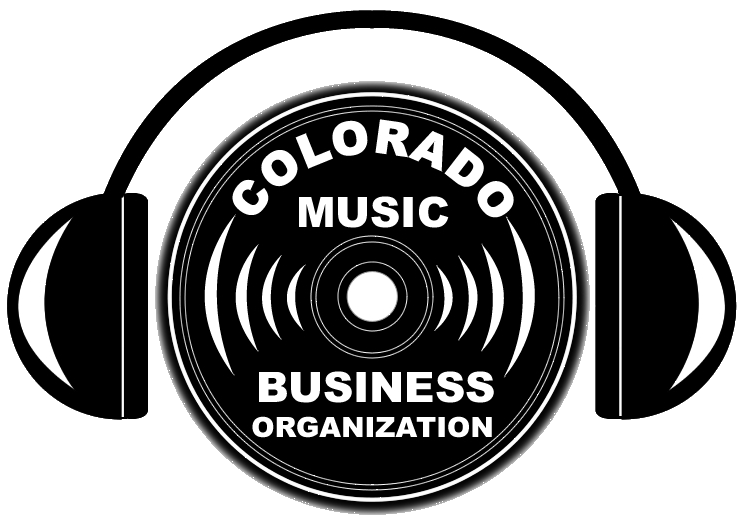By Tom Hawking, Popular Science | “Digitally remastered!” Whether it’s another 10-disc Beatles box set just in time for the holiday season or a compilation of hip-hop classics on Spotify, relatively old songs will almost certainly come with the proclamation that the music has been remastered—and that as a result, they sound better than ever. But what does “remastered” actually mean?
But what does “remastered” actually mean? And what does remastering a song involve? Popular Science investigates.
What is mastering?
To understand remastering, we first need to understand mastering. At its most basic level, mastering a record means quite literally creating a master copy of that record. This master is the source from which duplicates will be made. For a vinyl record, it’s the metal plate that’s used to stamp vinyl blanks with the grooves containing recorded information; for a cassette, it’s most likely a magnetic tape recording; and for digital releases, it’s a high-resolution audio file from which various other copies will be made.
Collin Jordan, a mastering engineer who runs his own mastering studio in Chicago, says that in the early days of recorded music, creating the master was a menial endeavor: “The job was usually given to the second-newest person on staff,” he laughs. “The newest person would sweep up and make coffee, and if you stuck around long enough, you’d get kicked up to mastering.”
So how did mastering go from being unskilled make-work for the intern to being a highly skilled career? Jordan says the advent of what we call “creative mastering” today came in the 1970s, when “a couple of different started to say, ‘Hey, maybe if I add a little low end here or a little top end there, the result will just sound a little bit better to the end listener.’”
> > > > > > > >
Read more of this description here:
https://www.msn.com/en-us/news/technology/what-does-remastering-an-album-actually-mean/

